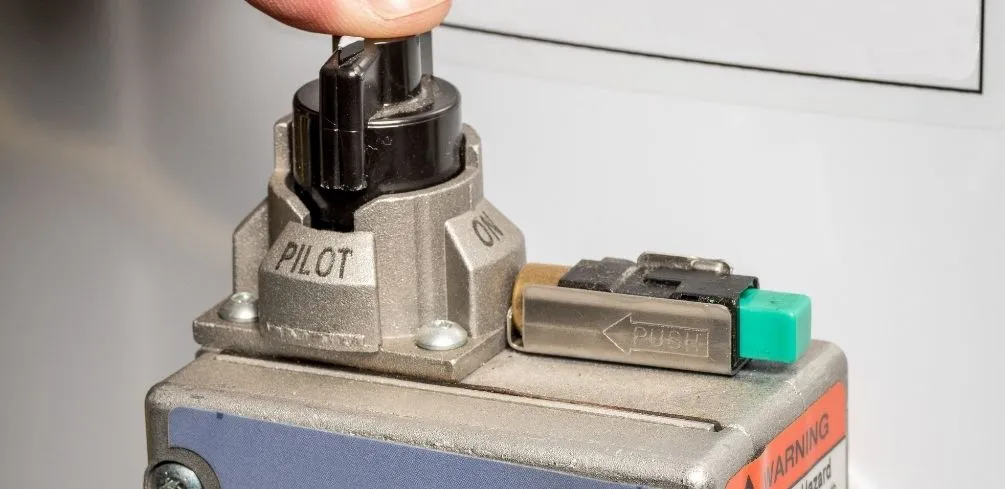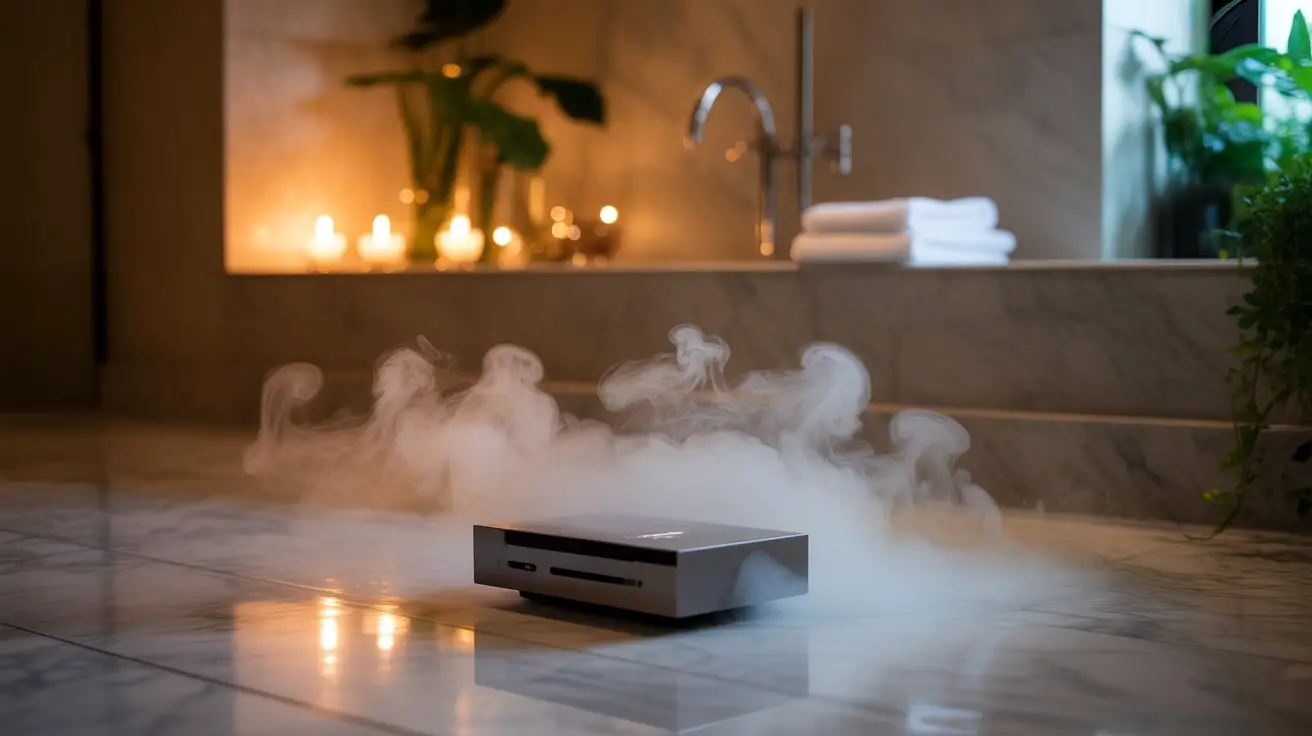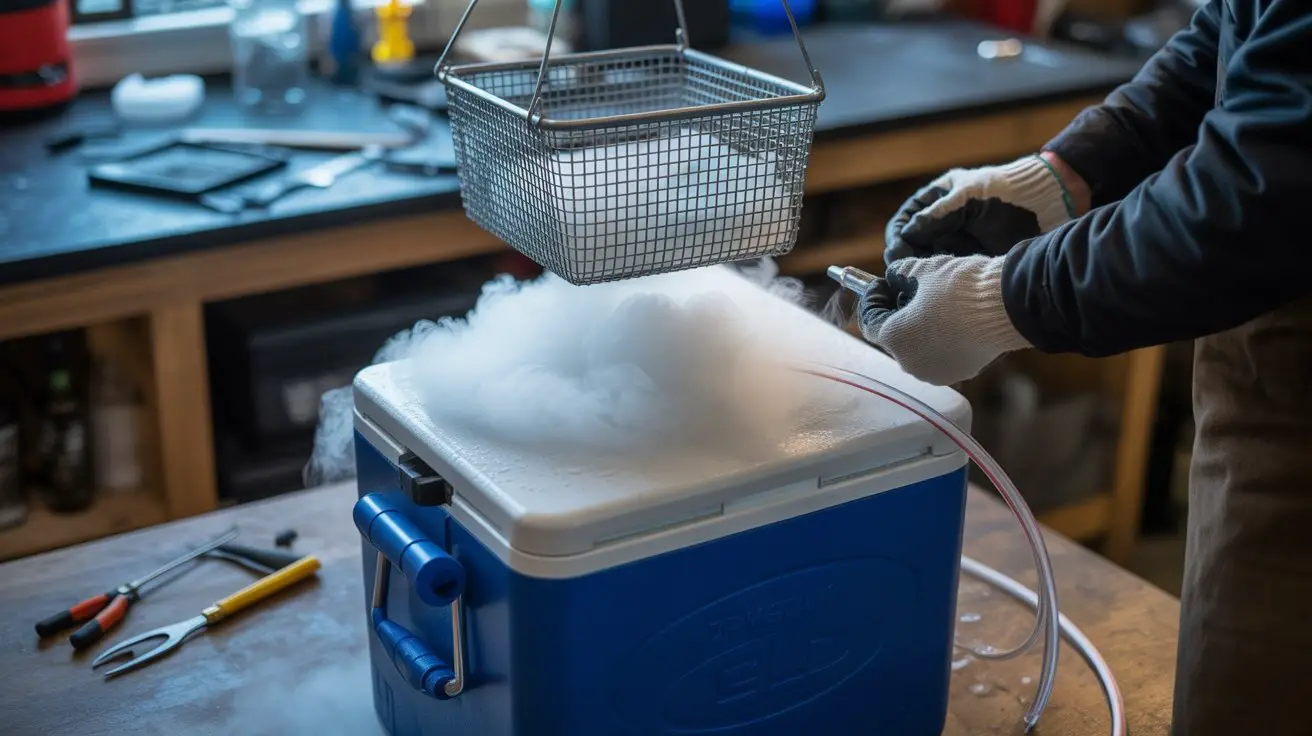You need to turn off pilot lights when fogging to prevent the ignition of flammable gasses during fogging. Pilot lights can ignite pesticides during fogging even when a specific appliance isn’t in use. Take time to cross-check whether all your pilot lights are off before you start fogging your home.
Fogging is a popular way of fumigating a home to kill pests when a homeowner doesn’t want to engage a pest control company. They are simple to use and effective in killing bugs, eggs, and larvae when used appropriately.
Why Do You Have to Turn Off Pilot Lights When Fogging?
A pilot light is an ignition source for gas appliances like a water heater, furnace, and fireplace. In a nutshell, a pilot light is a small flame that ignites gas released when you turn on a gas appliance.
You have to turn off pilot lights when fogging because pesticides are highly flammable. A turned-on pilot light can ignite the pesticides and cause an explosion.
Many homeowners tend to overlook pilot lights when fogging their homes.
What Happens When Pilot Lights Are On When Fogging?
You won’t notice immediately that your pilot light is on because it might take some duration for the pesticide to reach it. Foggers are designed to release the pesticide fast to concentrate the room with it.
Once the pesticide is released, it may reach your pilot light and ignite. The amount of damage that can happen depends on the number of foggers you use.
For example, excessive foggers can lead to an explosion when the pilot lights are on.
How to Turn Off a Pilot Light
Appliances with a pilot light have an off switch, although some are well hidden within the appliance. Some of the common home appliances that use gas have a pilot light on them, and they include your gas fireplace, oven, water heater, and furnace.
The pilot light at gas fireplaces and furnaces is usually at the thermostat or behind the access panel. Alternatively, you can turn off the valve on the gas intake valve to turn off your pilot light.
The pilot light on your gas water heater will be where the power switches are. If there is no pilot light switch, you can turn the switch off or turn the dial to the lowest water temperature.
For gas ovens, you need to turn off the gas intake valve at the back of the oven. Be careful when pulling your oven off the wall, so you don’t loosen the intake pipe and cause a gas leak.
It may take a while to locate your pilot light off switch. It would be best to search for the answer on the manufacturer’s website or find a user manual with an illustration of your gas appliance.
How to Safely Set Up Foggers When You Have Pilot Lights
Understanding the safety measures you need to put in place when using foggers will enable you to understand the danger pilot lights pose when turned on.
All companies manufacturing foggers give strict instructions to ensure homes are safe when foggers are deployed.
- Read all the manufacturer instructions on the label of your foggers ahead of time. Ensure you understand the instructions and look for answers on the manufacturer’s website for anything you don’t understand.
- Use the right number of foggers for your home. Foggers come with instructions to calculate the size of your home to determine the quantity you need to eliminate bugs in your home.
- Turn off all pilot lights in your home. Take time to cross check everything before setting off your foggers.
- Set the foggers at least 6ft away from appliances with a pilot light. It doesn’t hurt to be extra careful even when turning off all your pilot lights.
- Ensure there aren’t any obstacles when you place foggers around the house. You may have to move around your furniture to create a safe area to place the aerosols.
- Stay out of the house for the recommended period after deploying your foggers. Don’t forget to air your home and wipe down surfaces with a detergent after fogging.
Many homeowners who end up causing a fire during fogging don’t read the product instructions before setting off the foggers. Therefore, take your time to read the instructions and confirm you’ve followed them when setting up foggers.
How Do You Determine Your Home Size Before Fogging?
You can determine the amount of fogging pesticide you need in your home or room by taking measurements. You need to determine the volume of your home and crosscheck the measurements against manufacturer instructions.
- Take the measurements of each room in your home or the specific room you want to fumigate in feet.
- Multiply the Length x Width x Height of each room to get the cubic volume.
- Add the volumes of all rooms to get the volume of your home in cubic feet.
- Compare the volume to the ratio given by a manufacturer to determine how many canisters you need.
Most manufacturers recommend one unit of fogger for every 1,000 cubic feet. Therefore, the cubic volume of your home will help you determine how many canisters you need.
Don’t buy extra units for excess units. For example, if your home has a volume of 4,300 cubic feet, you need four canisters for your home and not five.
Pilot Light and Fogging FAQs
Conclusion
Pilot lights can be a fire hazard during fogging when they are left on during the process. All pilot lights on gas appliances must be off before fogging a room or your house.
It would be best to find the location of the pilot lights in advance as most are not located in easily identifiable places.
Don’t forget to follow all manufacturer instructions on using foggers to prevent any accidents.
Please be careful and use at your own risk
None of the authors, contributors, administrators, or anyone else connected with Wild Fog, in any way whatsoever, can be responsible for your use of the information contained in or linked from these web pages.










